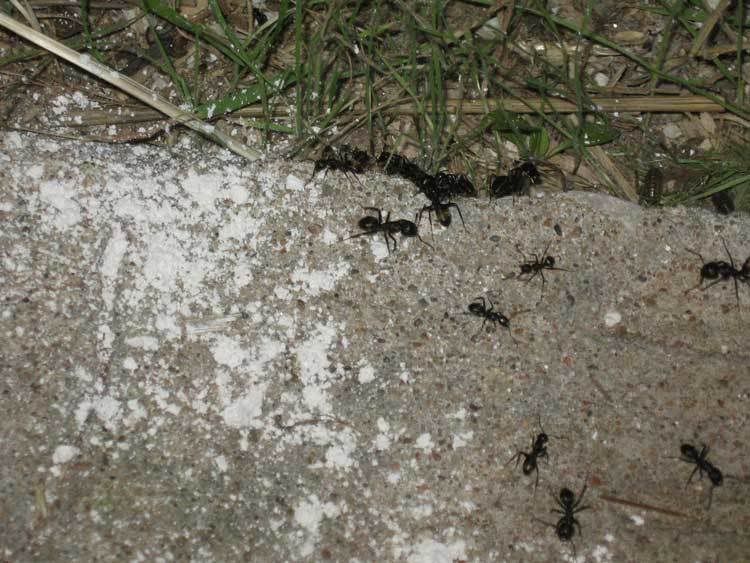Below are some links about DE and earthworms. There are many places you can go to read about the DE-earthworm connection..you still might want to ask an expert about earthworms crawling in a 'dry' area where there is DE mixed in the soil.
http://www.ghorganics.com/DiatomaceousEarth.html
http://www.malcolmbeck.com/articles/diatomaceous-earth.htm
http://www.dirtdoctor.com/view_question.php?id=21
http://www.ghorganics.com/DiatomaceousEarth.html
http://www.malcolmbeck.com/articles/diatomaceous-earth.htm
http://www.dirtdoctor.com/view_question.php?id=21








